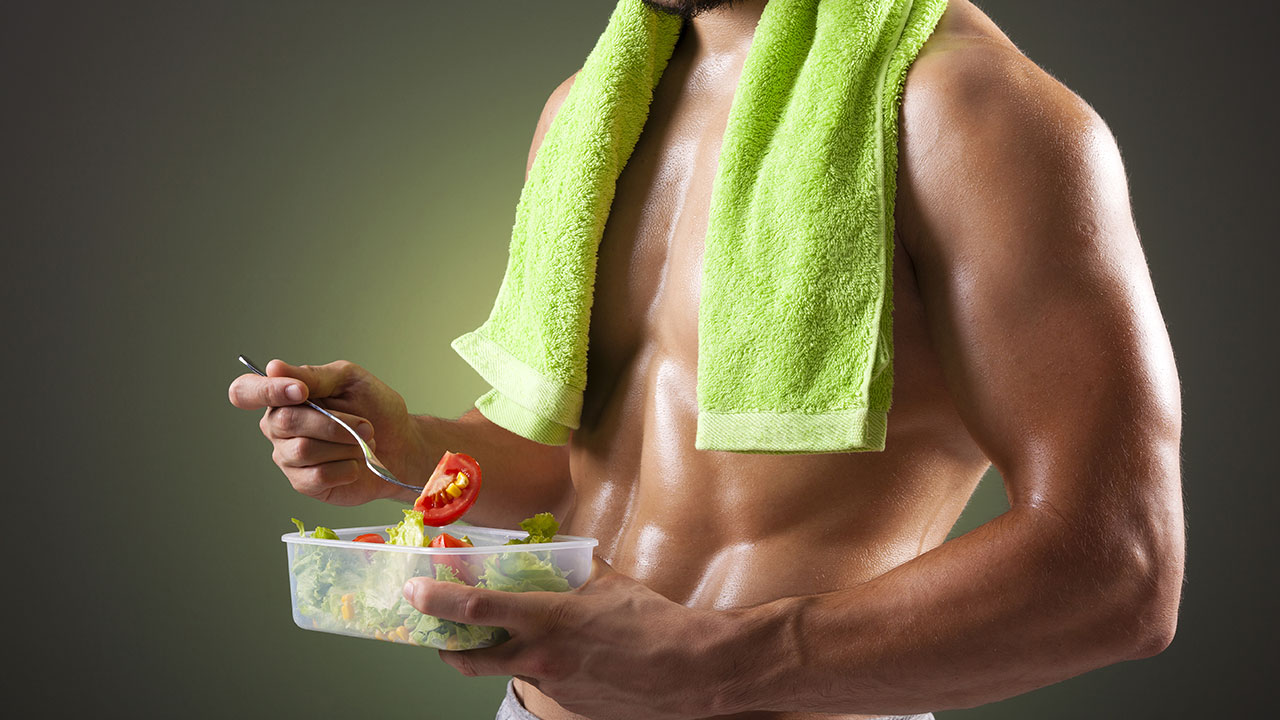How to Build a Healthy Morning Cereal Bowl

Hey Angels and Alphas,
When you were a kid, your go-to nutritious breakfast might have looked something like a bowl of good ‘ol cold cereal. But when you’re an adult, it might almost feel like a guilty pleasure… especially with low-carbohydrate diets on the rise.
And yes, cereal does tend to include a lot more carbs than your typical breakfast food – but it can also offer a lot of healthy nutrients that make up a balanced breakfast that powers you up for the rest of the day.
Fortunately, however, over the years, different brands have developed “good-for-you” cereals that lower the sugar content and pump the cereal up with protein and whole grains.
But beyond just buying the right cereal (let’s call that your base,) there are also other factors to consider: such as the milk, the toppings, the additional protein, and the healthy fats you’re going to add to ensure your meal actually packs a nutritional punch.
Today, we’re here to provide you with detailed instructions on how you can build a better cereal bowl in just a few quick steps:
LET’S START WITH YOUR BASE
The first and most vital step toward a good breakfast cereal is the base.
Our journey starts at the grocery store, where you should be looking for a cereal that contains less than 7 grams of sugar and at least 7 grams of protein per serving.
Many cereals can actually be promoted as healthy but pack tons of added sugar – we want to avoid those. The added sugar spikes our blood sugar, and when it comes crashing down around mid-day, you’ll feel like all the life was instantly sucked out of you, leading to sugar cravings and fatigue.
That’s why you should choose a base that has enough protein to keep you full, as well as pack enough fiber to keep you satiated. (About 3 grams of fiber per serving.)
Along with looking at the nutrient label, you should build a habit of analyzing ingredients. Search for whole-grain oats or whole grains as one of the first ingredients. If whole grains appear around the end of your list, try another option.
Another tip: consider the length of the ingredient list. Usually, long ingredient lists are synonymous with high amounts of processing, messing up your hunger signals and metabolism. You want to avoid those.
If you just got bummed out that you can’t eat your favorite cereal because it has too much sugar, don’t be. You don’t have to give it up completely. A good tip to try is to mix low-sugar cereal with your favorite cereal in a 50/50 ratio or fill most of the bowl with lower-sugar cereal and top it off with your favorite one.
MOVING ON TO THE LIQUID
When it comes to the liquid, you have several options. And the milk you choose will depend largely on your dietary and taste preferences.
First up is cow’s milk. If you go for this, we recommend choosing one around 2 percent fat. The higher the fat is, the more satiating the milk, and not to mention, if you take in fat-soluble vitamins in the morning, you want that extra fat in your meal to help your body absorb the vitamins.
If you like creamy options but you’re sensitive to lactose, you can try lactose-free milk. It contains about 50 percent more protein and 50 percent less sugar than regular dairy, and since a lot of people have trouble getting in the necessary amount of protein at breakfast, choosing a higher protein milk may help with that.
If you don’t do dairy altogether, that’ s not a problem. You have tons of options when it comes to plant-based milks – coconut, hemp, cashew, soy, almond, and more. That being said, go for their unsweetened versions to keep that sugar in check. They tend to have lower amounts of protein, so you have to make sure you’re getting that protein from elsewhere – either your base or your toppings. Either that, or throw in a scoop of protein powder in your cereal and you’re golden.
FINALLY, THE TOPPINGS
This is where you can have some fun. You can add extra nutrition to your bowl with toppings that supply healthy fats, fiber, vitamins, extra protein, anything!
Here are a few ideas to get your mind rolling:
Fruit: As always, bananas are a classic. But berries (such as raspberries that are super high in fiber,) apples, pears, peaches, figs, apricots, you name it, all go well inside breakfast cereal.
Nut butter: A small scoop of your favorite nut butter will add a unique creaminess to your bowl. Just like nuts, they provide healthy fats and protein you don’t want to miss out on. Just make sure you choose one without extra added sugar and pay very close attention to your serving size.
Chocolate (or another sweet topping🙂 Yes, you read that right. There’s nothing wrong with throwing some chocolate on top of your cereal. And if you want a better idea, sprinkle some unsweetened coconut shreds or a few lightly sweetened coconut chips on top of your bowl for extra taste and extra sweetness.





